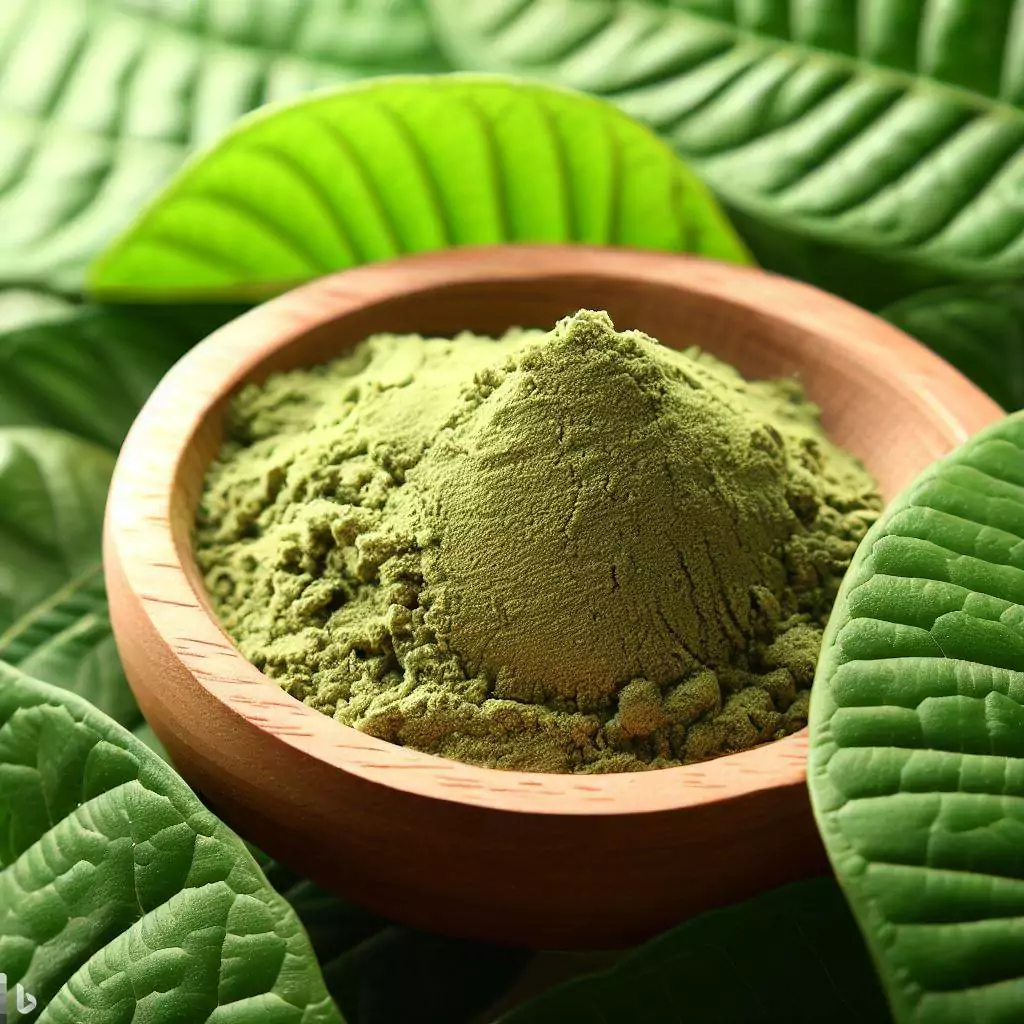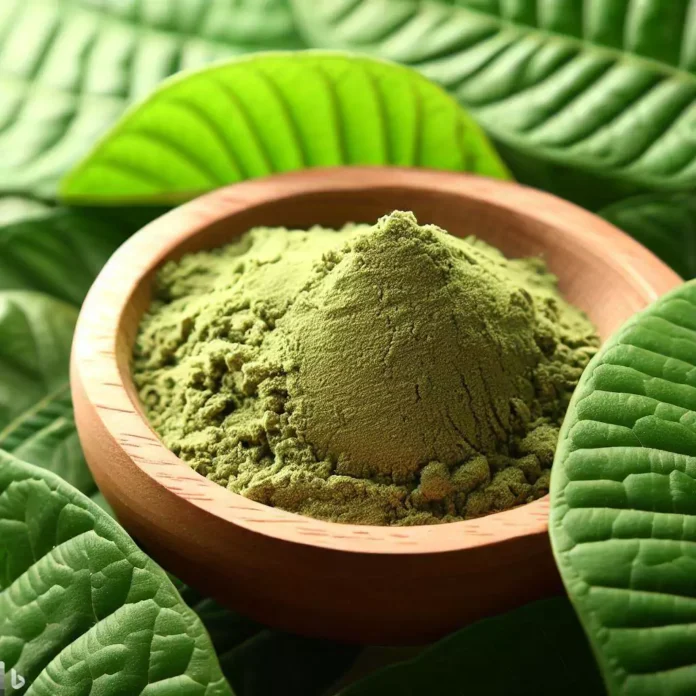Introduction to Kratom and Its Effects on the Body
Kratom, scientifically known as Mitragyna speciosa, is a tropical tree native to Southeast Asia. It has been used for centuries in traditional medicine for its stimulant and analgesic properties. Kratom contains active compounds called alkaloids, with the most prominent ones being mitragynine and 7-hydroxymitragynine. These alkaloids interact with opioid receptors in the brain, producing effects similar to opioids.
When consumed, kratom can have various effects on the body. It can act as a stimulant, providing increased energy, alertness, and sociability. At higher doses, it can have sedative effects, inducing relaxation and pain relief. Kratom can also enhance mood and reduce anxiety. However, it is important to note that kratom’s effects can vary depending on the strain and dosage used.

Factors Affecting Kratom Metabolism and Elimination
Several factors can influence how long kratom stays in the body. One of the main factors is the dosage and frequency of use. Higher doses and more frequent use can lead to a buildup of kratom in the body, prolonging its elimination time. Additionally, individual metabolism plays a role in how quickly kratom is metabolized and eliminated. Some people may have faster or slower metabolism, affecting the duration of kratom’s effects.
Another factor to consider is the method of ingestion. Kratom can be consumed in various forms, including powder, capsules, or brewed as a tea. The method of ingestion can affect how quickly kratom is absorbed into the bloodstream and metabolized by the body. For example, consuming kratom in powder form may result in faster absorption compared to capsules.
Detection Methods for Kratom in the Body
There are several methods used to detect kratom in the body. Blood tests can detect the presence of kratom alkaloids shortly after ingestion, but they have a relatively short detection window. Urine tests are more commonly used and can detect kratom metabolites for a longer period. However, urine tests may not be able to differentiate between kratom and other opioids.
Hair tests are another method used to detect kratom use. Kratom metabolites can be detected in hair samples for a longer period compared to blood or urine tests. However, hair tests are less commonly used due to their higher cost and longer turnaround time for results.
Half-Life of Kratom and Its Duration in the System
The half-life of kratom refers to the time it takes for the concentration of kratom in the body to decrease by half. The half-life of kratom alkaloids can vary depending on several factors, including individual metabolism and the dosage used. On average, the half-life of mitragynine is estimated to be around 23 hours, while the half-life of 7-hydroxymitragynine is shorter, at around 2.5 hours.
Based on the half-life, it can be estimated that kratom will be eliminated from the body within a few days. However, it is important to note that individual factors can influence the duration of kratom’s effects. Factors such as dosage, frequency of use, and individual metabolism can affect how long kratom stays in the system.
Kratom Withdrawal Symptoms and Their Duration
Regular and prolonged use of kratom can lead to dependence and withdrawal symptoms when use is discontinued. Common withdrawal symptoms include anxiety, irritability, insomnia, muscle aches, and cravings for kratom. The duration of withdrawal symptoms can vary depending on several factors, including the duration and intensity of kratom use.
In general, acute withdrawal symptoms may start within 12-24 hours after the last dose of kratom and peak within 2-3 days. The acute phase of withdrawal symptoms typically lasts for about a week. However, some individuals may experience protracted withdrawal symptoms, which can last for several weeks or even months. Protracted withdrawal symptoms may include depression, fatigue, and difficulty concentrating.
Risks and Side Effects of Kratom Use
While kratom has been used for centuries in traditional medicine, there are potential risks and side effects associated with its use. One of the main concerns is the potential for addiction and dependence. Regular and prolonged use of kratom can lead to physical and psychological dependence, making it difficult to quit without experiencing withdrawal symptoms.
Another potential risk of kratom use is liver damage. There have been reports of individuals developing liver toxicity after using kratom, although these cases are relatively rare. It is important to note that the risk of liver damage may be higher in individuals who have pre-existing liver conditions or who combine kratom with other substances that can be hepatotoxic.
Respiratory depression is another potential side effect of kratom use, especially at higher doses. Respiratory depression is a serious condition that can lead to slowed or stopped breathing, potentially resulting in coma or death. It is important to use kratom responsibly and avoid high doses to minimize the risk of respiratory depression.
Conclusion and Recommendations for Safe Kratom Use and Discontinuation
In conclusion, kratom is a tropical tree native to Southeast Asia that has been used for centuries for its stimulant and analgesic properties. Kratom affects the body by interacting with opioid receptors in the brain, producing effects similar to opioids. Factors such as dosage, frequency of use, and individual metabolism can affect how long kratom stays in the body.
There are several methods used to detect kratom in the body, including blood tests, urine tests, and hair tests. The half-life of kratom alkaloids can vary, but on average, kratom is eliminated from the body within a few days. Regular and prolonged use of kratom can lead to dependence and withdrawal symptoms when use is discontinued. Withdrawal symptoms typically last for about a week, but some individuals may experience protracted withdrawal symptoms that can last for several weeks or months.
It is important to use kratom responsibly and be aware of the potential risks and side effects. Kratom can be addictive, and regular use can lead to physical and psychological dependence. There is also a risk of liver damage and respiratory depression, especially at higher doses. If you decide to use kratom, it is recommended to start with a low dose and avoid frequent use to minimize the risk of dependence and side effects. If you are considering discontinuing kratom use, it is advisable to seek professional help and support to manage withdrawal symptoms effectively.



